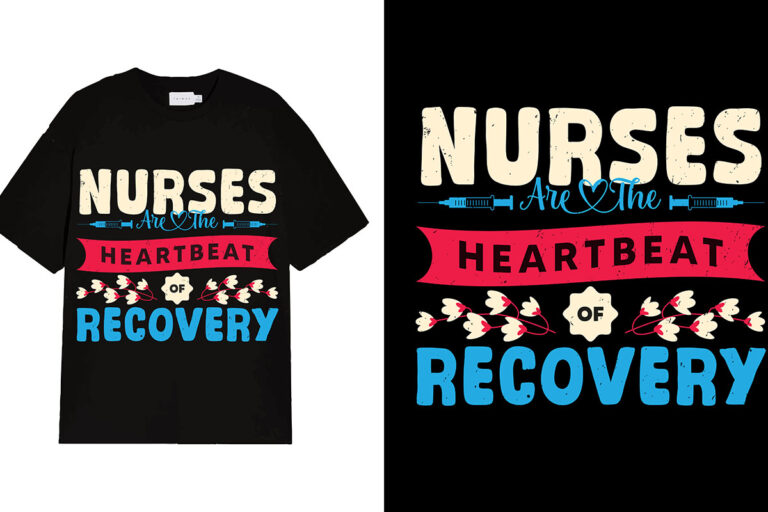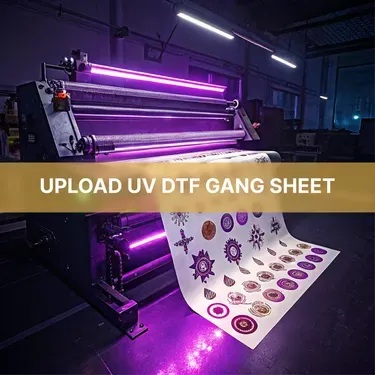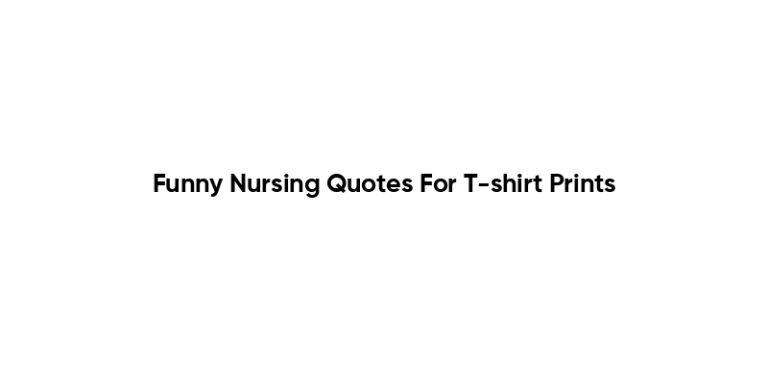DTF Supplies: Essential Tips for Stunning Prints
DTF Supplies are essential for any serious printer looking to harness the power of Direct to Film printing technology. This innovative method allows for the transfer of intricate designs onto a variety of fabrics, making it a game-changer in the world of custom apparel printing. Utilizing high-quality DTF transfer films and specialized inks ensures vibrant colors and durable prints that stand the test of time. In this guide, we will explore the key DTF printing supplies that elevate your design capabilities and enhance the overall print quality. Join us on a journey to unlock the stunning potential of your printed creations, powered by advanced DTF technology.
Direct to Film printing, commonly referred to as DTF, represents a transformative approach to the realm of fabric decoration. By employing advanced transfer films and specialized ink systems, this technique empowers creators to bring detailed designs to life on an array of textiles. As the demand for high-quality custom apparel escalates, the necessity for proper DTF printing supplies becomes increasingly critical. This article will delve into the various components that contribute to successful DTF applications, highlighting how the right materials can profoundly impact the quality of your finished products. Whether you are a professional or a hobbyist, understanding these elements is vital for achieving outstanding results in the competitive landscape of fabric printing.
Understanding Direct to Film (DTF) Printing Technology
Direct to Film (DTF) printing technology is revolutionizing the way custom designs are transferred onto fabric. Unlike traditional methods that require screens or vinyl, DTF allows for intricate designs to be printed directly onto a special film, which is then transferred onto the fabric. This method not only improves the quality and durability of the prints but also streamlines the printing process, making it more efficient for both small and large scale production.
The DTF printing process utilizes a combination of high-quality films and water-based inks, which ensure vibrant colors and excellent detail retention. As a result, businesses can create stunning apparel that withstands multiple washes without fading, enhancing the longevity of their products. This innovative technology stands out in the custom apparel printing market, allowing for diverse applications ranging from fashion to promotional products.
Key DTF Printing Supplies You Need
Investing in the right DTF printing supplies is crucial for achieving stunning designs. Quality DTF transfer films are the backbone of this process, as they directly impact print clarity and adhesion. When selecting films, opt for those that are specifically designed for DTF printing to enhance your overall output. These films should have a sturdy coating that effectively holds the ink, ensuring that the final print is sharp and vivid.
In addition to films, you’ll need specially formulated DTF inks and adhesive powders for optimal results. The inks should be water-based and compatible with your chosen transfer films to maintain the color vibrance and print durability. Equally important, high-quality adhesive powders help ensure that the printed designs adhere effectively to various fabric types, reducing the risk of peeling or fading over time.
The Role of Curing Equipment in DTF Printing
Curing is a crucial step in the DTF printing process that ensures the adhesion of the print to the fabric. Without proper curing, even the best inks and films can result in poor-quality prints that don’t hold up. Using a reliable heat press or curing oven helps in achieving the required temperatures for effective bonding. It is essential to invest in specialized curing equipment that caters specifically to DTF processes to maintain consistency in the quality of your prints.
Moreover, proper curing also contributes to the vibrancy and longevity of the designs. By ensuring that the adhesive powder melts and bonds correctly, you enhance the integrity of the print, making it resistant to fading and wear over time. Understanding the importance of curing will not only improve your print quality but also boost customer satisfaction in your custom apparel offerings.
Best Practices for High-Quality DTF Prints
Achieving high-quality DTF prints involves more than just having the right equipment and supplies; it also requires the implementation of best practices. One essential practice is starting with high-resolution images. This is fundamental, as the quality of your original design directly affects the final output. Ensure your images are crisp and clear to minimize pixelation during the printing process.
Color calibration is another vital aspect to consider. Regularly calibrating your printer is necessary for maintaining accurate color reproduction, ensuring that the colors you see on your screen match those that are printed. Using color profiles tailored for DTF printing can significantly improve consistency in your output, making your prints more appealing to the target audience.
Current Trends Shaping the DTF Printing Market
The DTF printing market is witnessing exciting trends, particularly the growing emphasis on eco-friendly supplies. As consumers become increasingly environmentally conscious, the demand for sustainable printing materials has surged. Many manufacturers are now offering eco-friendly DTF transfer films and water-based inks that not only reduce environmental impact but also maintain the quality that customers expect.
Additionally, advancements in printing technology are enabling even greater versatility in applications. As more creators explore DTF printing, they discover its potential for producing unique custom designs, from detailed graphics to straightforward text. This flexibility positions DTF printing favorably within the custom apparel market, attracting a broad range of customers and businesses.
Why Choose DTF Supplies for Custom Apparel Printing?
DTF supplies stand out in the custom apparel printing landscape due to their ability to deliver vibrant, high-quality prints with minimal hassle. Utilizing DTF transfer films allows for versatile designs that cater to both intricate artwork and straightforward branding needs. By investing in quality DTF supplies, businesses can ensure that they meet customer demands for unique and durable apparel.
Furthermore, the DTF printing process offers a cost-effective solution for both small and large batch productions. This technology not only minimizes waste but also allows for quick turnaround times, making it ideal for businesses looking to provide customized products efficiently. Choosing DTF supplies positions your business to take full advantage of these benefits while appealing to a growing market.
Frequently Asked Questions
What are the essential DTF supplies needed for Direct to Film printing?
Essential DTF supplies include high-quality DTF transfer films, specialized water-based inks, adhesive powder for film adherence, curing equipment like heat presses, a DTF printer with precise color management, and compatible design software to create intricate layouts.
How does the choice of DTF transfer films affect print quality?
The choice of DTF transfer films significantly impacts print quality, as the right films ensure clarity and strong adhesion to fabrics. High-quality films specifically designed for DTF processes enhance the final printed output, resulting in vibrant and durable designs.
What types of inks are best for DTF printing technology?
For DTF printing technology, using specialized water-based inks compatible with DTF transfer films is crucial. These inks contribute to the vibrancy and durability of prints, and a wide color gamut allows for more stunning design capabilities in custom apparel printing.
How important is curing equipment in the DTF printing process?
Curing equipment, such as a heat press or specialized oven, is vital in the DTF printing process. It ensures that the adhesive powder bonds effectively, allowing the printed design to adhere firmly to the fabric, resulting in high-quality, long-lasting prints.
What role does design software play in DTF printing supplies?
Design software is critical in DTF printing supplies, as it supports file formats compatible with DTF printing and provides essential tools for creating intricate designs. The right software enhances creativity and streamlines the entire printing process.
Are there eco-friendly options for DTF printing supplies?
Yes, there are increasingly available eco-friendly options for DTF printing supplies, including sustainable DTF transfer films and inks. These eco-friendly materials align with the growing emphasis on environmental responsibility in the printing industry.
| Essential DTF Supplies | Description | Importance | |
|---|---|---|---|
| Quality Films | Specially coated films used for printing. | Foundation for clear and adherent prints. | |
| Inks | Water-based inks designed for DTF applications. | Determines vibrancy and durability of prints. | |
| Adhesive Powder | Powder used to enhance fabric adherence. | Essential for longevity and integrity of designs. | |
| Curing Equipment | Tools like heat presses or specialized ovens. | Ensures strong bonding of the prints on fabrics. | |
| Printer | Direct-to-film printer with color management features. | Maximizes print quality and design accuracy. | |
| Software | Design software compatible with DTF processes. | Facilitates creating intricate layouts. | |
Summary
DTF Supplies are crucial for those looking to maximize their prints and achieve stunning designs. This innovative printing technology utilizes high-quality films and specialized water-based inks to create vibrant, durable prints that stand out. Furthermore, components such as adhesive powder, curing equipment, and printers tailored for DTF applications are essential to ensure optimal results. By adhering to best practices like maintaining image quality and calibrating colors, users can enhance the effectiveness of their DTF printing. As the market continues to evolve, the availability of eco-friendly DTF supplies creates opportunities for businesses to adopt sustainable practices while meeting consumer expectations. Investing in the right DTF supplies isn’t just about achieving aesthetic results; it’s a step toward a more environmentally conscious future in the printing industry.







